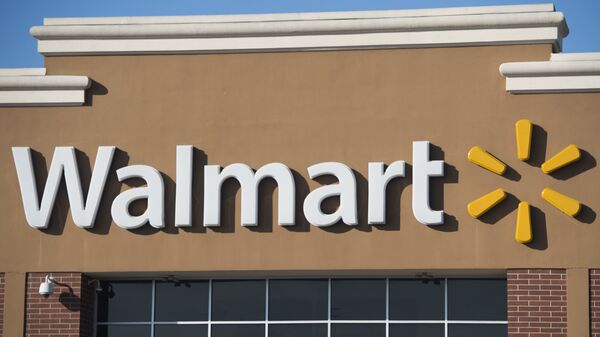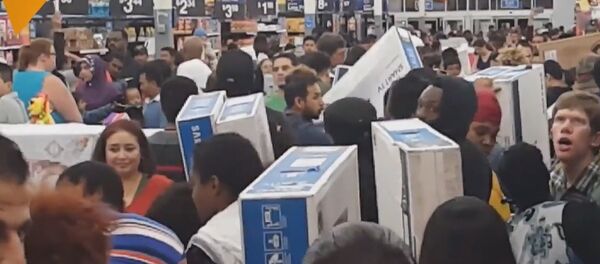Kristian Rouz – A residential mortgage bubble kick-started the Great Recession back in 2007 with enormous levels of indebtedness having turned into non-performing loans (NPLs), and the resulting wave of foreclosures dragging the entire economy to the bottom of contraction.
While this time around the US economy seems to be more resilient, the decline of the shopping mall concept could deal a massive blow to the banking sector yet again: many commercial properties are failing to achieve the performance levels of their glory days, and overleveraged property owners are seeking ways out.
The shopping mall has therefore become an almost redundant concept, and the entailing decline and abandonment of brick-and-mortar retail has spurred multiple mall defaults across the US. Meanwhile, most investors are either betting against or actually selling commercial mortgage-backed securities (CMBS), since indebted malls, unable to generate sufficient revenues, are becoming a toxic asset.
Since the start of 2017, over 1,500 retail outlets have closed across many shopping mall locations, including such stores as Abercrombie & Fitch,
American Apparel, Sears, Macy’s and JCPenney. The reason being, people are not coming out to the mall to buy anything at all. Whilst the chain store retailers are closing outlets in order to minimize their expenses, the shopping malls that used to host their outlets are facing the grim reality of impending collapse.
“Lower productivity centres are increasingly at risk of obsolescence,” analysts of real estate research company Green Street Advisors reported. “The top 300-400 malls by quality should fare well for the next several years, but it is reasonable to assume that several hundred lower quality malls will either close or become irrelevant retail destinations over the next 10 years.”
US malls are divided into four categories based on their performance and leverage: the ‘A’ and ‘B’ level malls boast higher sales productivity and are typically low-leveraged, whilst the ‘C’ and ‘D’ category malls, which represent some 30pc of all US shopping centres, are struggling with low occupancy rates, declining customer traffic, and dismal sales productivity.
The US has roughly 1,070 malls, and whilst 310 of these are ‘A’-level malls, another 334 fall into the categories of ‘C’ and ‘D’ malls.
The main issue, however, is not that the people are buying less and do not go to the mall on a date or a night out with their mates. The greatest challenge is debt – many struggling malls are dangerously high-leveraged.
“Loss severities on mall loans have been meaningfully higher than other areas,” Michael Yannell of Gapstow Capital Partners said.
From the beginning of this year, $985 mln worth of the riskiest types of CMBS were purchased, which is five times that in the 4Q16, according to data by Depository Trust & Clearing Corp. Buyers of such contracts win when shopping malls default on their obligations, as mall owners have to pay monthly premiums to holders of such securities. Banks and other lenders typically hold these contracts, but the skyrocketing transaction amounts mean that, first, banks are anticipating more mall collapses, and, second, they are eager to steer away from anything mall-related.
“These malls are dying, and we see very limited prospect of a turnaround in performance,” Alder Hill Management said in their January report. “We expect 2017 to be a tipping point.”
What could possibly save a mall on the verge of a collapse is a remodelling of the commercial property to serve other purposes than simply hosting retail outlets. American suburbia is oversaturated with consumer goods, but is lacking proper real-life entertainment experiences, as the faceless reality of endless residential neighbourhoods is hardly deemed amusing. Yet, amidst the current trends, most malls are still bound to collapse as financing of ‘C’ and ‘D’ category malls would hardly be possible to obtain given the rising US Fed interest rates and the CMBS market anxiety.
Subsequently, mall debts, sold and resold, might easily turn into NPLs, and even the sale of the bankrupt properties might not be enough to cover their debt. The death of the mall, however, will likely be only enough to rock the boat of the commercial property market, but it takes greater volume of NPLs to capsize it and bring on the next recession.



